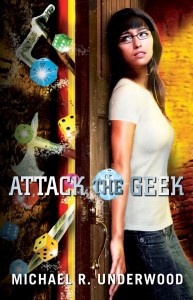So, it’s the last day of 2015. That calls for some reflection.
Personally, 2015 was a big year for me. First and foremost, I got married to the love of my life, and we were so excited that we held two receptions! It was a ton of work to organize both, but getting to share the joy with family and friends that wouldn’t be able to travel was definitely worth it.
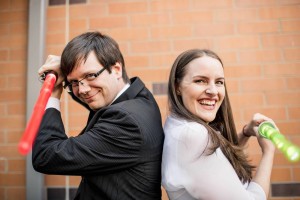
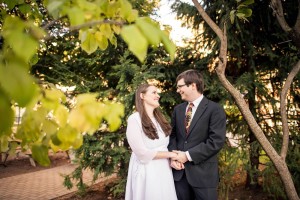
2015 was a busy year in writing as well. I finished Season One of Genrenauts, revised the first three episodes, and developed other projects which are in various stages of secret activity even now.
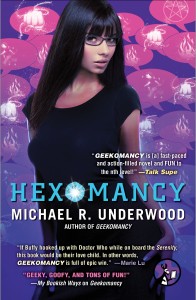
September saw the release of Hexomancy, the fourth Ree Reyes story, wrapping up the first arc of that series. It’s been met very positively by fans, and has me excited to move on to the next part of Ree’s story as soon as possible.
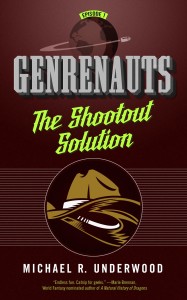
And then in November, I launched Genrenauts season one, beginning with The Shootout Solution, from Tor.com Publishing. We were able to book Mary Robinette Kowal to perform the audiobook, and I couldn’t be happier. My agent and I partnered with Macmillan Entertainment to manage TV/Film rights for the series, which I think is by far my best shot so far in that field.
I’m very pleased with the series, and excited to continue it in 2016. And I have so many ideas of other things to do with the world – an RPG, comics, a board game, etc.
Work
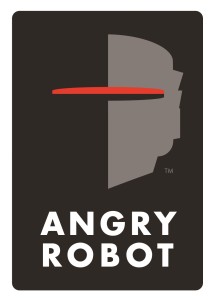
Angry Robot emerged from its Interregnum in March, and has been kicking ass and taking names once more. We had popular, buzz-worthy releases, award nominations, and strong sales. We signed up some incredibly exciting novels by amazing writers, and got the word out about our ongoing, beloved series. And for my own part in the team, I started writing art briefs and working with artists, as well as working on a new Thing that is currently secret but very exciting.
Geekdom
This was a big year in Geekdom. Just with Mad Max: Fury Road and Star Wars: The Force Awakens, we had two huge, impressive new offerings in genre-defining series, each bringing a breath of fresh air in terms of representation. I’ve spoken a lot about those films, so I don’t feel like I need to go on at great length here.
2015 was also the year I got into Steven Universe and Hamilton, it was the year of Daredevil, Jessica Jones, Agent Carter, Supergirl, The Unbreakable Kimmy Schmidt, and more.
I also joined Speculate! The Podcast for Writers, Readers, and Fans in 2015, and have been talking with Greg Wilson, my other active co-host, about cool things we can do in 2016, which has me very excited.
Favorite Things
Here are a few more things that rocked my world in 2015, just for fun – there’s a theme here:
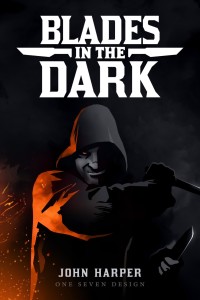
Blades in the Dark is a dark fantasy cloak & dagger RPG by John Harper, in the design lineage of Apocalypse World, but distinctly its own. It cites Dishonored, the Vlad Taltos books, Fafhrd and the Grey Mouser, and the Thief game series as its major touchstones. BitD was Kickstarted to great effect this year, and the core book is due early 2016. It already has a very active Google+ community, so if an RPG about a group of scoundrels building a criminal empire appeals to you, check it out.
RPG Actual Plays
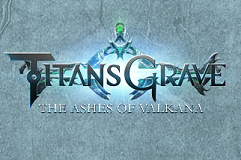
Another thing that delighted and surprised me this year was the rise in prominence of streaming tabletop RPGs. From Geek & Sundry’s Critical Role to Actual Play Podcasts like Friends at the Table, produced RPG video like Wil Wheaton’s Titansgrave, and Roll20 Presents games like Apocalypse World, consuming RPGs as entertainment has become far more mainstream, and I love it. As a guy who wrote his M.A. thesis on Tabletop RPGs, one of the things I wrote about was how RPGs’ mass appeal was limited because the performers were also the entirety of the audience. With these streamed and recorded games, we’re seeing more attention for the form as performance, as narrative to be enjoyed by more than just the participants. It’s super-cool, and I can’t wait to see more.
Looking ahead
2016 is already shaping up to be a big year for me – The Absconded Amabssador releases in February, I’ve got stories in two anthologies that will be Kickstarting over the course of the year, and I’ll be attending a ton of conventions for Angry Robot and my own writing. Add my current Sekret Projects to that and it’s going to be a doozy. More on 2016 tomorrow.
Until then, thanks to everyone who bought my books, wrote reviews, talked my books up to their friends, hung out with me at conventions, whiled away the hours on Twitter or Facebook, and more. Thanks for everything you’ve done to make 2015 a great year in so many ways, and here’s to making 2016 even better.

